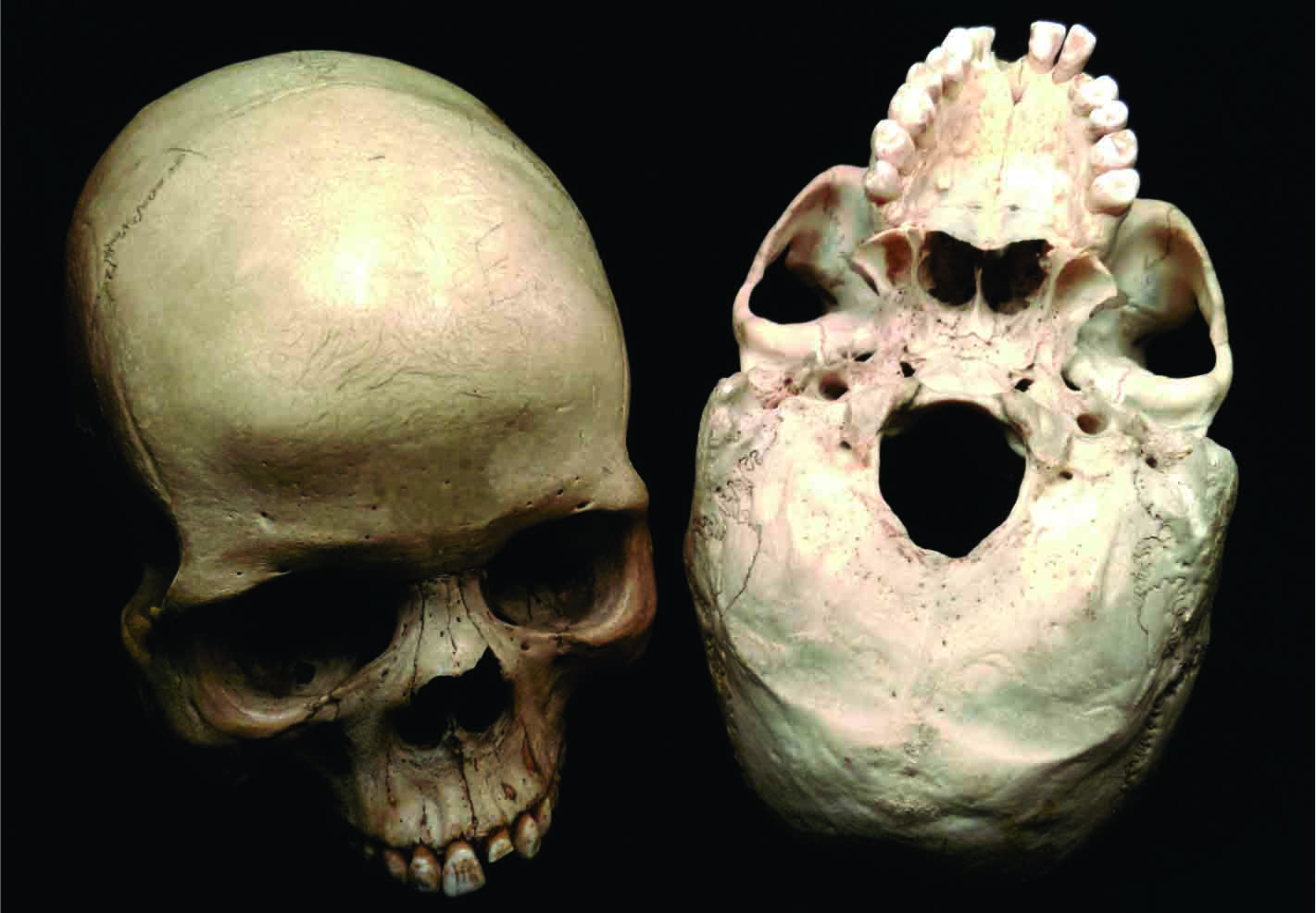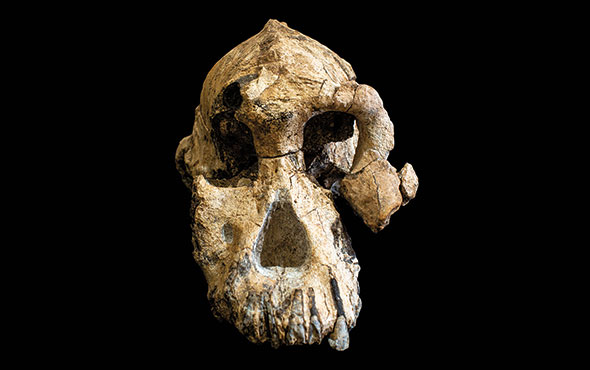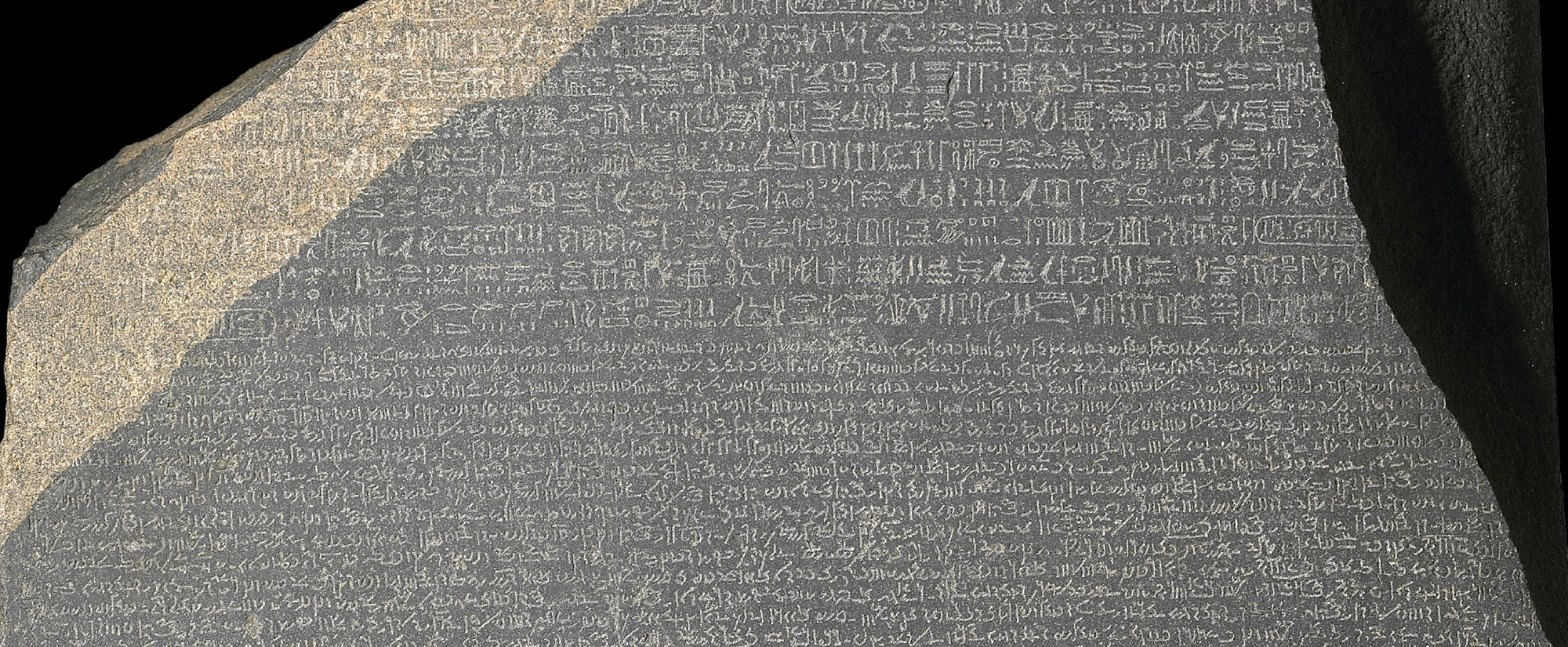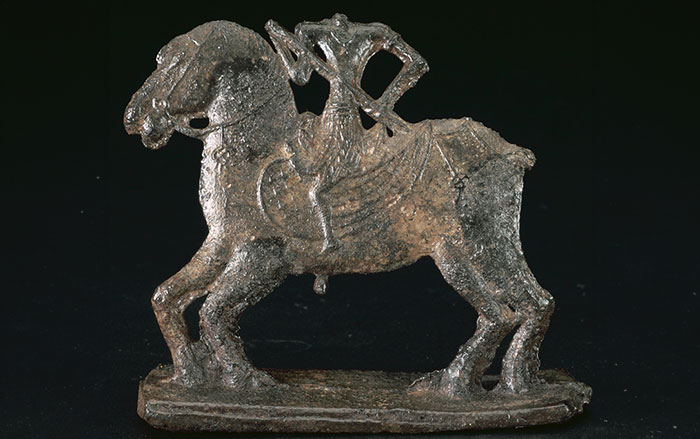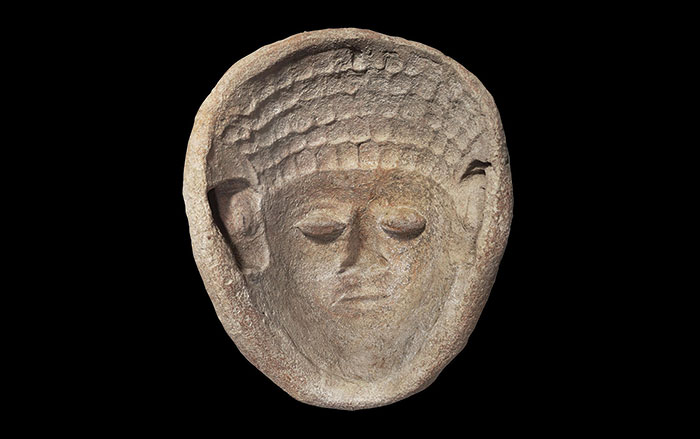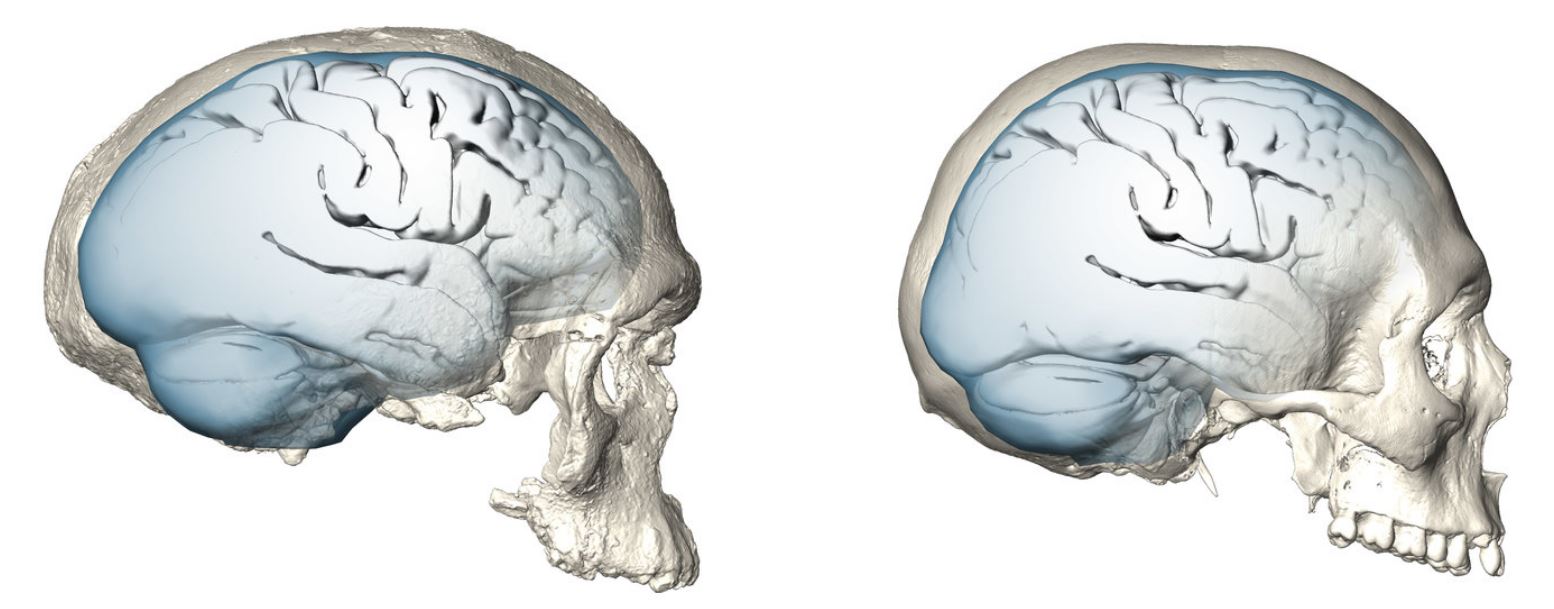
LEIPZIG, GERMANY—Simon Neubauer of the Max Planck Institute for Evolutionary Anthropology and his colleagues say rounded heads rising above the forehead and globe-shaped brains appeared in modern humans between 100,000 and 35,000 years ago, according to a Science News report. The researchers used micro-CT scans of the inner surfaces of the skulls in the test sample to create digital approximations of the size and shape of the individuals’ brains. The sample included 20 ancient Homo sapiens skulls, the oldest of which date to 315,000 years ago. Four of the skulls date to between 120,000 and 115,000 years ago, and the remainder between 36,000 and 8,000 years ago. The ancient brains were compared with 89 present-day modern-human brains, and the brains of 10 members of other ancient Homo species ranging in age from 1.78 million years to 200,000 years. Eight Neanderthal brains, dating to between 75,000 and 40,000 years ago, were also used for comparison. The study suggests that over a period of about 250,000 years, the human brain remained the same size, but transitioned from a flatter, elongated shape to a rounder one, due to changes in the parietal and cerebellar areas. Those parts of the brain are involved in orientation, attention, imagery, self-awareness, memory, numerical processing, language, balance, spatial processing, and tool use. For more on the evolution of the human brain, go to “Hungry Minds.”


